How roasters can plan their coffee menus when prices rise
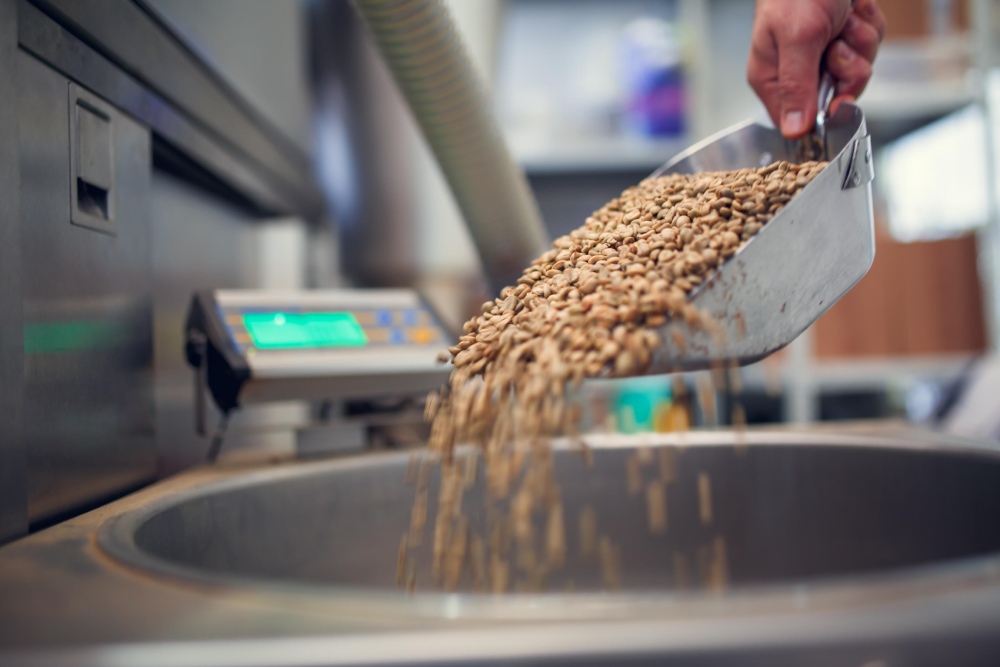
For roasters, it’s never been more important to manage costs. On top of increasingly volatile coffee prices, food and energy costs have also been rising over the past couple of years – meaning margins are getting tighter and tighter.
Moreover, unforeseen logistical and supply chain issues can be tricky for roasters to navigate. In some cases, these problems can lead to delays or additional costs, so business operators need to know how to handle them as effectively as possible.
Naturally, this means roasters have to carefully plan their menus to remain competitive and maintain customer loyalty. To find out more, I spoke to Tony Dreyfuss, co-founder and co-president of Metropolis Coffee Company, Richard Sandlin, director of business development at Royal Coffee, and Yousef Alzayer, founder of Leanitai Coffee.
You may also like our article on how roasters should set supermarket prices for their coffee.
Understanding price volatility & inflation
Over the past couple of years, costs have been steadily rising for roasters – including the price of coffee. We refer to this as the C price, which is the trading price of arabica on the Intercontinental Exchange (a major commodities market in New York City).
As it’s handled as a commodity, the price of coffee changes every minute. And in recent years, the C price has been particularly volatile. In August 2023, the C price reached a six-month high of over US $2, while just the year prior, Brazil – the world’s biggest coffee grower – recorded its highest domestic arabica prices since 1997.
Meanwhile, the price of robusta has been rising sharply, and reached an all-time high on 3 April 2024 following reports of supply shortages in Vietnam.
Rising prices across the board
Richard Sandlin the director of business development at Royal Coffee – a green coffee trader in the US.
“Green coffee prices are always fluctuating,” he says. “By the time you read this article, it’s possible that there could be another 30 cent swing, or the price has stabilised for a few weeks.
“But green coffee also needs to be packaged, shipped, exported, imported, cleared through customs, sampled, and then shipped to the roaster’s door,” Richard adds. “It seems that all the associated costs are increasing, and even with an ever changing C price, it’s likely that roasters are expected to pay higher prices – or higher than they’d like it to be.”
We’ve certainly seen this with rising inflation over the last two years in particular, driven largely by increases in the cost of food and energy. In March 2023, the BBC reported that food prices had reached a 45-year high in the UK, with a similar economic situation impacting countries the world over. In turn, business operators – including roasters – have absorbed some of the rising costs, and passed some of them onto consumers as well.
How can roasters adapt to price rises?
Like many other industries, rising prices are an inevitable part of the coffee sector. For roasters to handle them as effectively as possible, preparation is key.
When it comes to buying green coffee specifically, Richard says there are four main factors to consider:
Quality
Availability
Price
Cash flow
He tells me that when accounting for all of the above, roasters can build a menu that not only appeals to customers, but helps to balance costs more sustainably.
“For example, when prices for Ethiopian coffee are high, some roasters switch from buying grade 1 washed or natural to grade 2 washed and grade 3 natural,” he says. “Similarly, Kenyan coffees can be swapped for beans from Tanzania or Rwanda.”
Roasters should, of course, always avoid sacrificing coffee quality as much as possible. But switching out different origins that have similar flavour profiles can be an effective way to maintain consistency while still sourcing high-quality lots.
“This certainly isn’t a perfect science, and it’s largely based on your customer preferences and what makes your business unique,” Richard adds.
Planning ahead
Yousef Alzayer is the founder of Leanitai Coffee – a roaster and green coffee trader in Saudi Arabia. He explains how roasters can utilise the benefits of both spot and forward buying.
For context, spot buying is when roasters purchase coffee from an importer without any prior commitments. This usually means buying coffee which is being stored in a warehouse.
Forward buying, meanwhile, is when a roaster commits to buying a coffee in advance – and ultimately helps to build more meaningful relationships with producers. There are, however, some advantages to spot buying in certain situations.
“Some roasters can’t commit to forward buying at times, it can be a risky move,” Yousef says. “It may be better for smaller roasters to start with spot buying, so they can purchase different coffees in smaller quantities – and then gradually switch to forward contracting as they grow as a business.
“Larger roasters, however, should definitely consider forward contracting because it will help guarantee them secure stocks at a competitive price,” he adds.
Richard emphasises that when navigating spot and forward buying, it’s advised to consult with your trader or importer.
“In general, when the C market is high, we recommend buying green coffee three to six months in advance if your cash flow allows it,” he says. “If the C market is low, booking further out to six to nine months could work better for you.
“You should consider your cash flow position first and foremost,” he adds. “I always remind roasters that with flexibility and planning, there is no problem we cannot solve.”
Increasing – and diversifying – revenue
Trying to increase revenue alongside challenging economic conditions can be difficult to say the least. Richard highlights that being transparent with customers is important.
“I think since 2021, it’s become easier for businesses to talk to their customers about how prices are rising,” he tells me. “Most roasters I talk to say that when they communicate with their customer base about how green coffee or labour costs have gone up, the conversations have gone very well.
“At the same time, it’s essential to always have an entry level coffee in your lineup to have something for everyone,” he adds.
Tony Dreyfuss is the co-founder and co-president of Metropolis Coffee Company – a roaster in Chicago. He agrees, saying that simplifying product offerings can save roasters money in the long term, and have a lasting positive impact on their business.
Diversifying revenue streams can also be an effective way to manage costs and menus.
“As a result of rising inflation, roasters are considering different options, and pausing some purchases to reduce costs and focus their spendings on other areas that can make operations more feasible,” Yousef says. “It’s very important to consider the elasticity of end consumer demand, so roasters should aim to optimise their return while maintaining their brand reputation.”
He adds that increasing prices should be a final option for roasters (unless they are selling below market price), and instead they should focus on building relationships with existing customers.
“Coffee shops should offer more than just coffee,” he tells me. “You have to provide an experience to help customers learn more about coffee.”
Facing any challenges ahead
Richard explains that roasters should keep their brand values in mind when planning their menus – all while managing costs.
“Even sustainability and quality-focused roasters need to offer some lower price point products,” he says. “Finding the coffees that you want to celebrate should be the cornerstone of any coffee business. As prices increase, that could mean offering other core coffees which may not be as premium as your pour over options – and that’s okay.”
Tony, meanwhile, says different types of roasters may be more agile than others depending on their business models.
“If your business is mainly wholesale, your margins will be much smaller compared to a coffee retailer,” he tells me. “For example, if you are a coffee retailer selling high price point bags at US $18 – and green coffee costs go up 50 cents to an additional dollar – you still have some flexibility with your margins.”
But regardless of the size of their business, understanding and reevaluating operations and buying strategies can help roasters better plan their menus.
Fluctuating prices keep roasters on their toes. But with effective planning strategies, coffee businesses can balance costs and organise their menus accordingly.
“I think roasters can have it all,” Richard concludes. “Roasters can still maintain long-term commitments to producers, while still offering prices that consumers can afford. The starting point for any roaster, big or small, is to consider the costs of the products you’re selling.”
Enjoyed this? Then read our article on whether consumers will keep paying higher prices for specialty coffee.
Perfect Daily Grind
Want to read more articles like this? Sign up for our newsletter!
The post How roasters can plan their coffee menus when prices rise appeared first on Perfect Daily Grind.
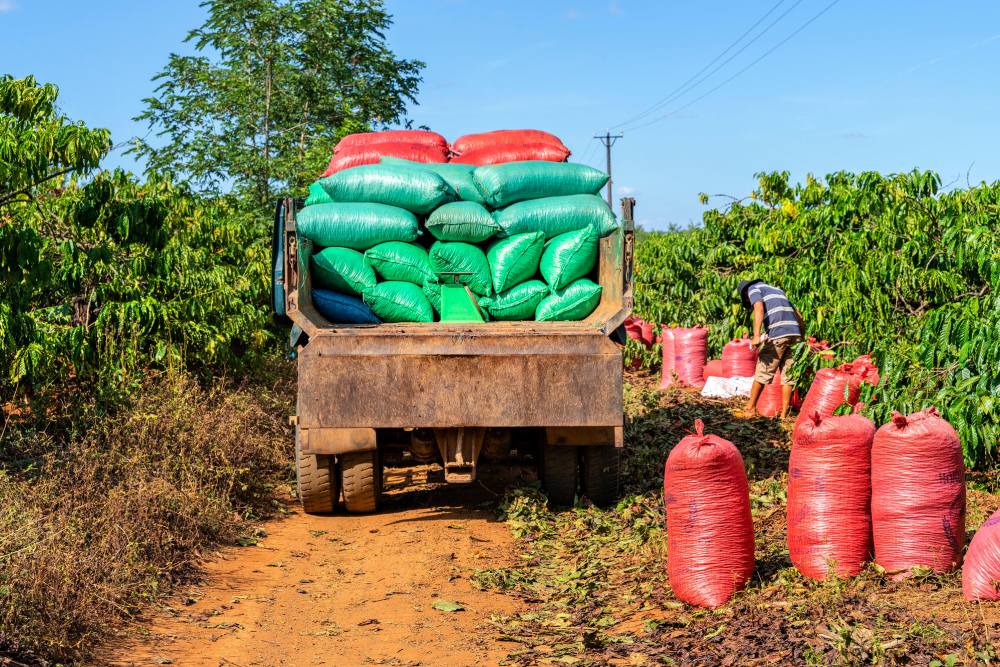

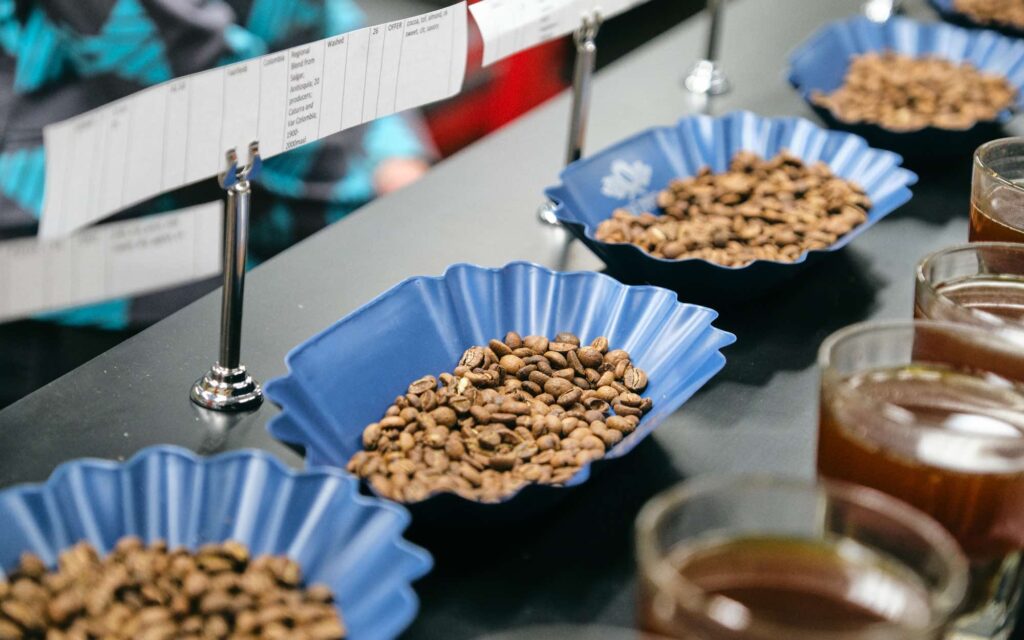
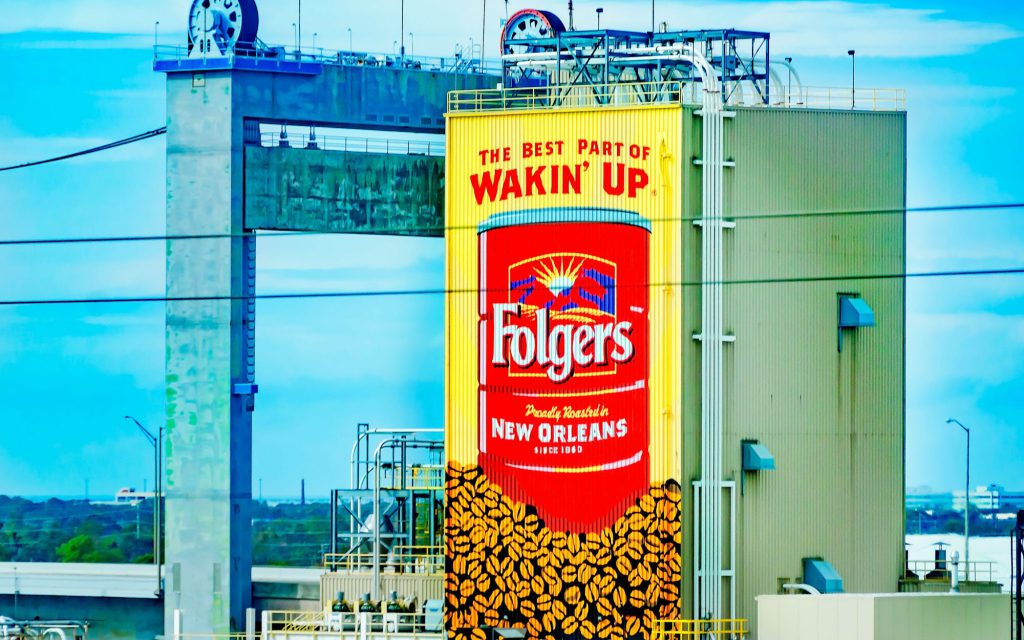
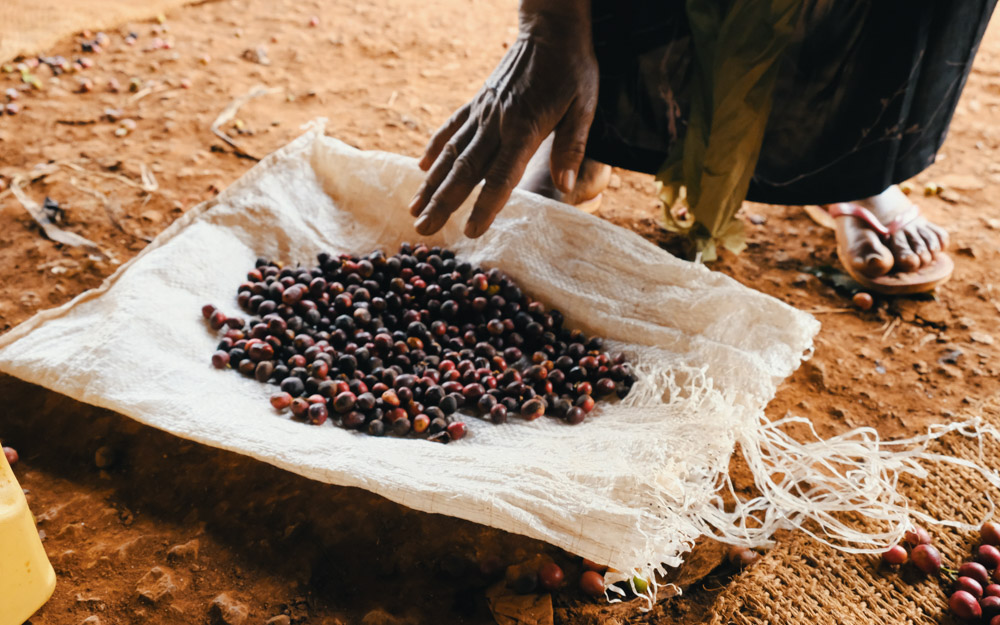
Responses